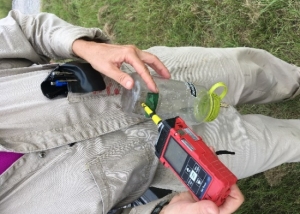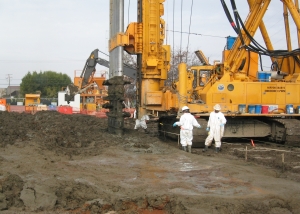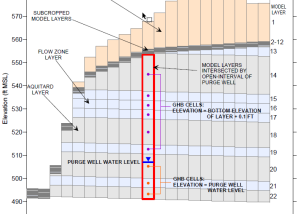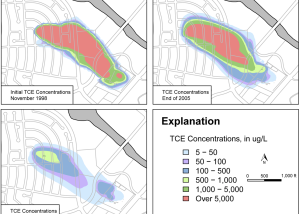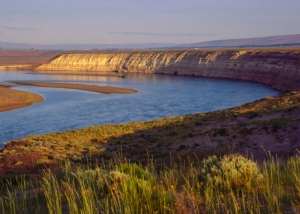For nearly a decade, SSP&A assisted with the development and implementation of long-term management of contaminated groundwater at the Anaconda Copper Mine Site in Lyon County, Nevada.
Transco-Williams Groundwater Remediation
2025-02-11T19:53:24+00:00SSP&A works with the Mississippi Department of Environmental Quality and the Federal Energy Regulatory Commission to manage monitoring oversight and long-term management of the Transco-Williams facility.
1990 Bay Road Site
2024-11-21T17:03:37+00:00SSP&A led site characterization, removal of contaminated soil, and stabilization and containment of remaining impacted soil to enable site redevelopment.
Hanford Site Statistics and PHREEQC Geochemical Model
2024-11-21T17:09:28+00:00SSP&A was initially engaged to assess groundwater conditions and develop and apply models to design, evaluate, and optimize groundwater remedies for CERCLA operable units across the Hanford Site.
Hyde Park Landfill – Remedial Action Assessment and Modeling
2024-11-21T17:22:44+00:00The Hyde Park Landfill is a hazardous waste landfill where approximately 20,000 tons of chlorinated compounds (primarily DNAPLs) were disposed in a fractured rock setting.
EPA Region 5 Hydrogeological Synthesis and Numerical Modeling Support
2025-05-23T20:52:31+00:00Multiple Sites in EPA Region 5: Illinois, Indiana, Michigan, Minnesota, Ohio, and Wisconsin
Sparton Technology Remediation
2024-11-21T17:55:18+00:00SSP&A was retained by Sparton Technology, Inc., to assist in the development of a remedial plan, litigation support, and negotiations with federal, state, county and city regulatory authorities for its Former Coors Road facility in Albuquerque, New Mexico.
Lane Street Ground Water Contamination Site
2024-11-21T22:24:16+00:00SSP&A was retained by the U.S. Environmental Protection Agency (EPA) Region 5 to evaluate groundwater conditions at the site and to collect environmental media to support the microcosm studies.
Hanford Natural Resources Damage Assessment Upwelling Study
2024-11-21T23:16:25+00:00SSP&A was retained to evaluate the locations, timing, and quantities of historical contaminant discharges to the Columbia River to support a potential Natural Resource Damage Assessment (NRDA) claim.


